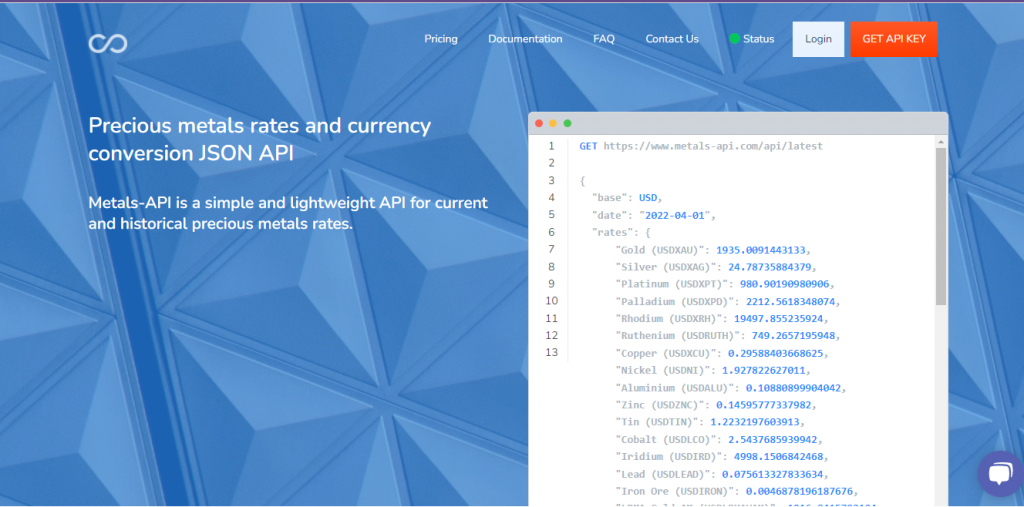Do you consider yourself a stranger to the futuristic world of metals APIs? Here we’re going to open the door to the unknown for you!
The expansion of applications in recent years penetrated all areas of our day-to-day life. Nowadays, an application is necessary for almost any activity. There are APIs to park in your city, order food or purchase something. Even if you want to reduce time using your cell phone, you have software to help you. The API phenomenon does not escape the world market for precious metals and currencies, so we will tell you how they work.
There are already very competitive companies with a long history in the foreign exchange market. Recently, they incorporated APIs into their operation to meet an expectation that today’s society demands more and more: the immediacy of the answer in front of a specific request. An API on your device becomes an accessible and handy tool to acquire the information you need.
Generally, the more they are used, the more possibilities their developers have to refine them. As a consequence, they can work more efficiently and provide more services. The challenge of metal applications is to improve their supply day by day, but they are part of the future of world economies and private sector investments.
A small taste of the future with Metals-API
Each API has its level of complexity: those looking for the price of precious metals or world currencies require access to a long list of data sources. It’s an excellent quality to be capable of providing trustworthy and diverse solutions to requests when you can go to different sites to get the information. Metals-API is an example of this.
Every day, the API collects information that will be available five seconds after midnight; this is the main reason why you can’t seek fluctuation rates data from the same date.
Meet the JSON callbacks system for a taste of future
Metals-API uses this system to return the data with a standard language; to achieve understanding is necessary to use a language program to decode it. Firstly, you need to look for the symbol of the metal or currency that will be the content of your query. Then, you make an API call that can take sixty minutes tops. You’ll receive an answer that establishes a true or false requirement due to the rate’s availability or another obstacle in the research. Also, it can send you an error code; you can check the detailed listing of potential errors on their website: https://metals-api.com/documentation.

A safe entrance into the future with Metals-API
In the transition to this new world, you will not be alone. Metals-Api has a team dedicated to providing answers. They are at your disposal nine hours a day from 9 am, by phone and online.


